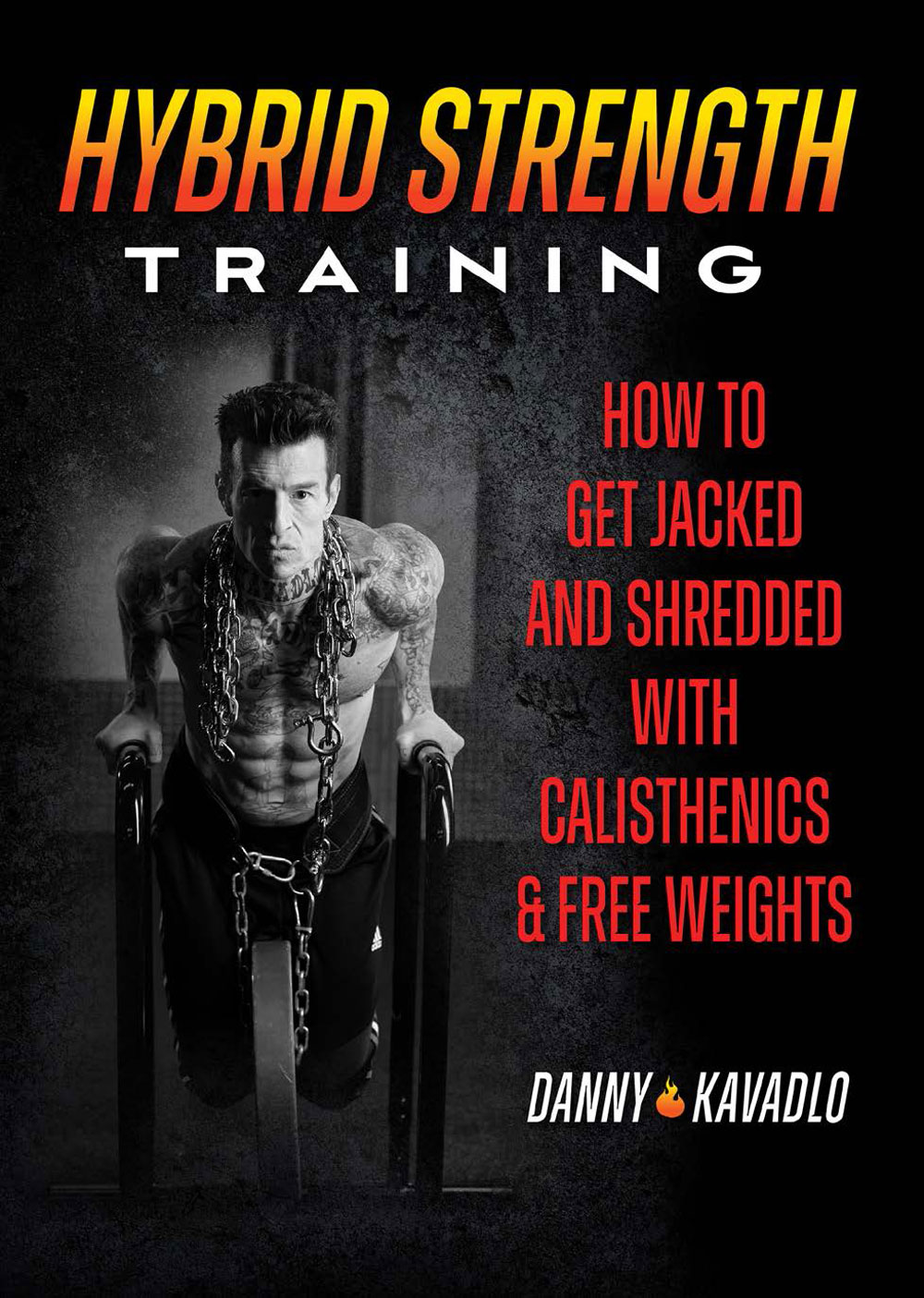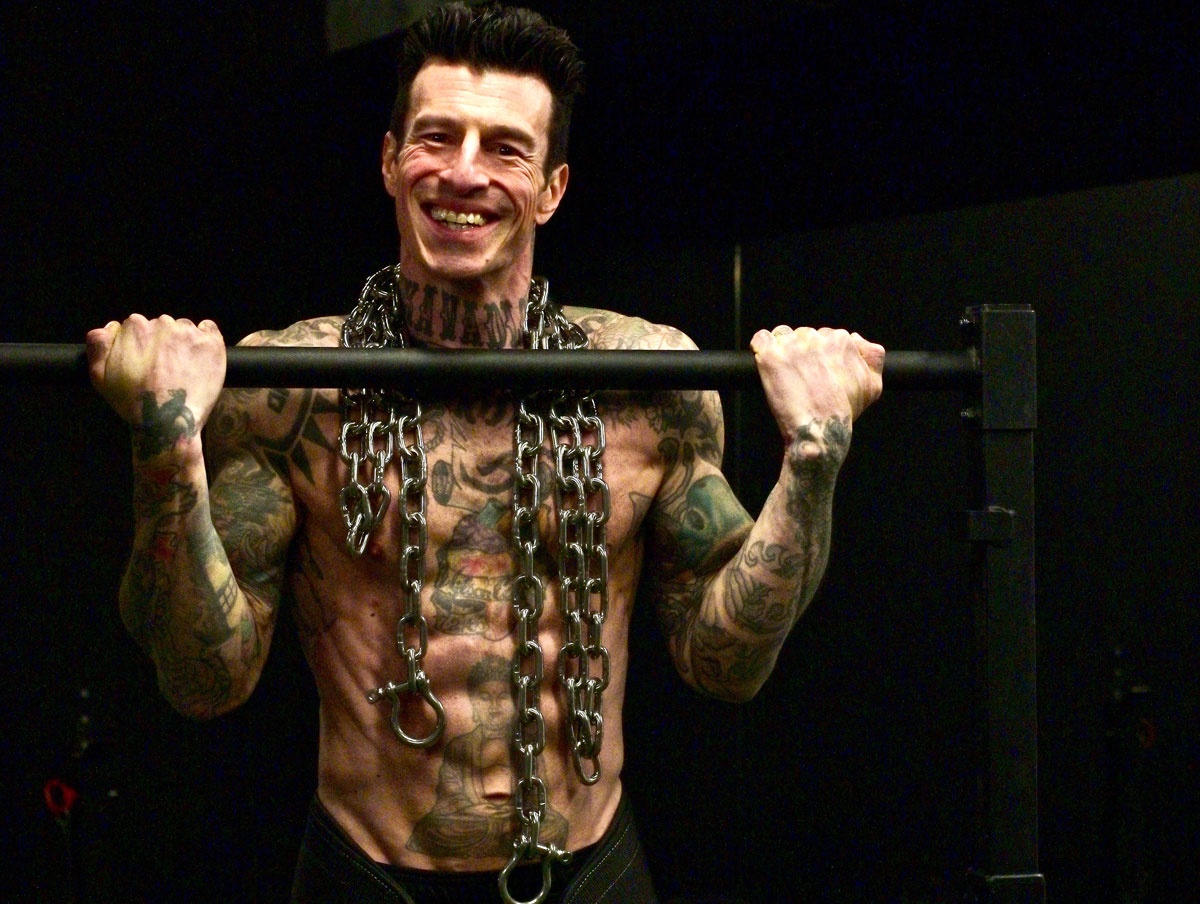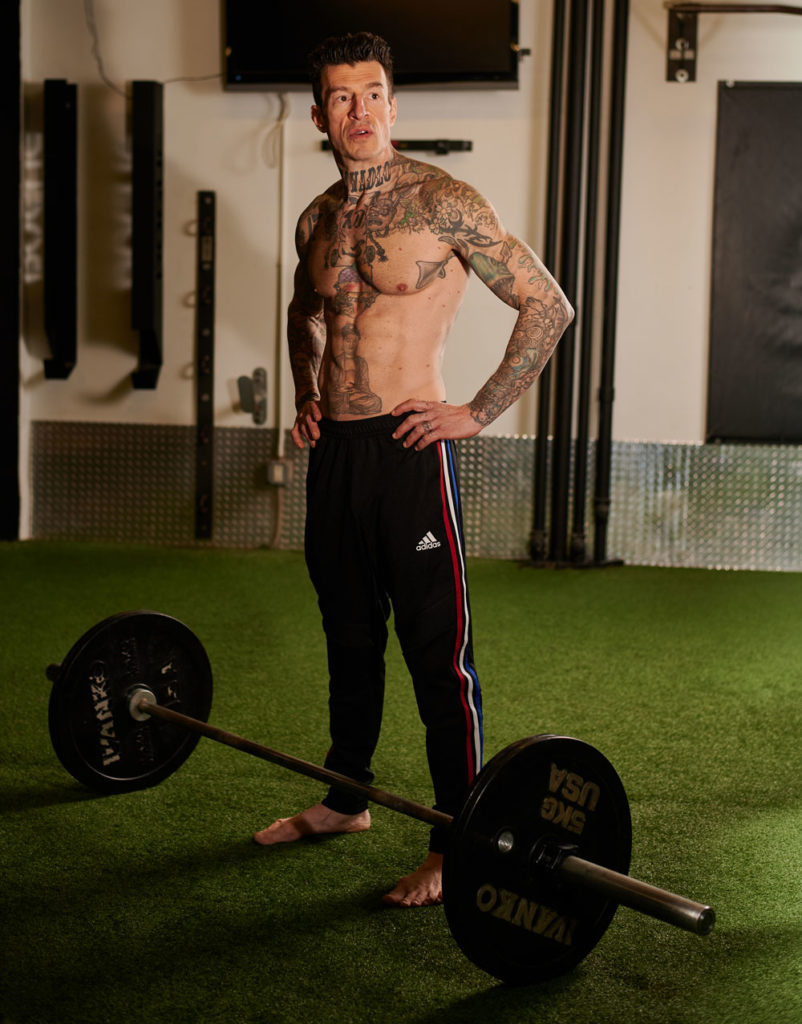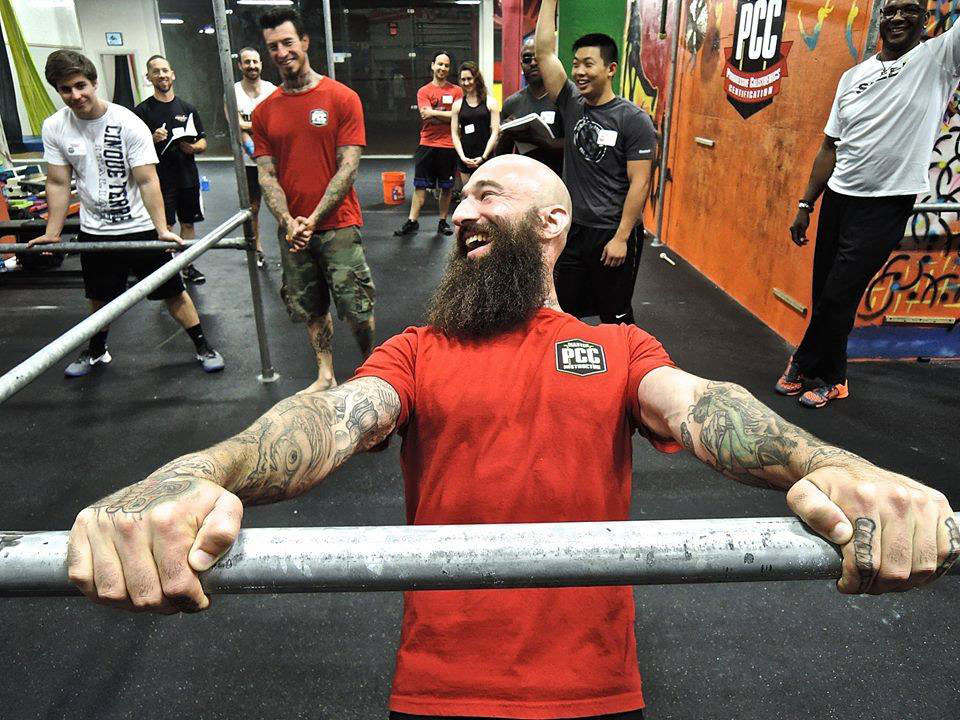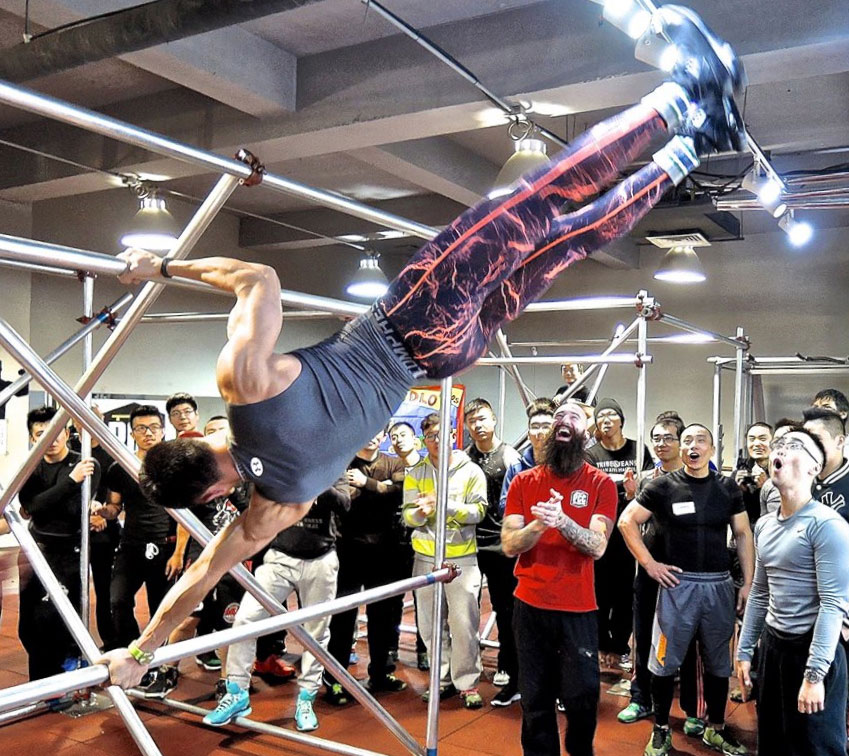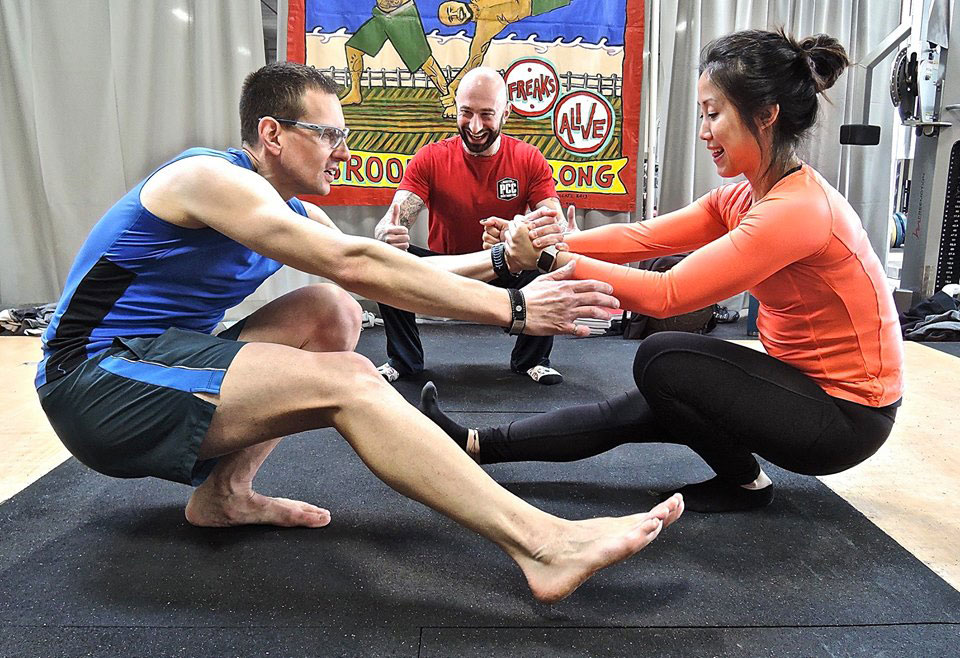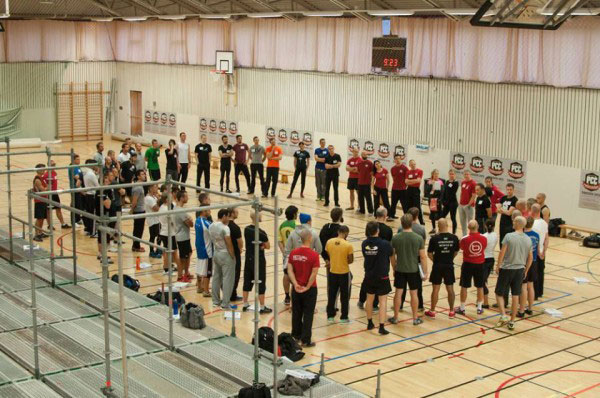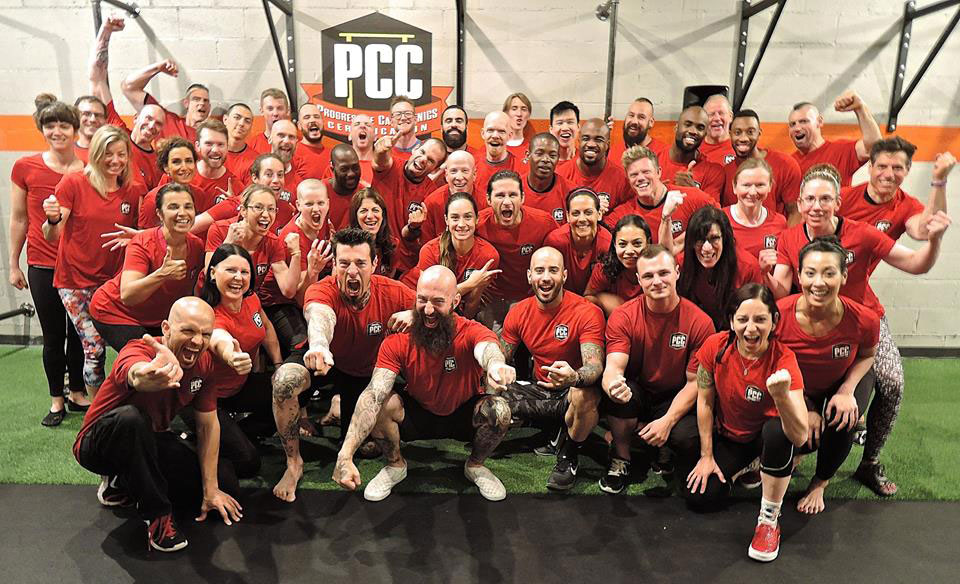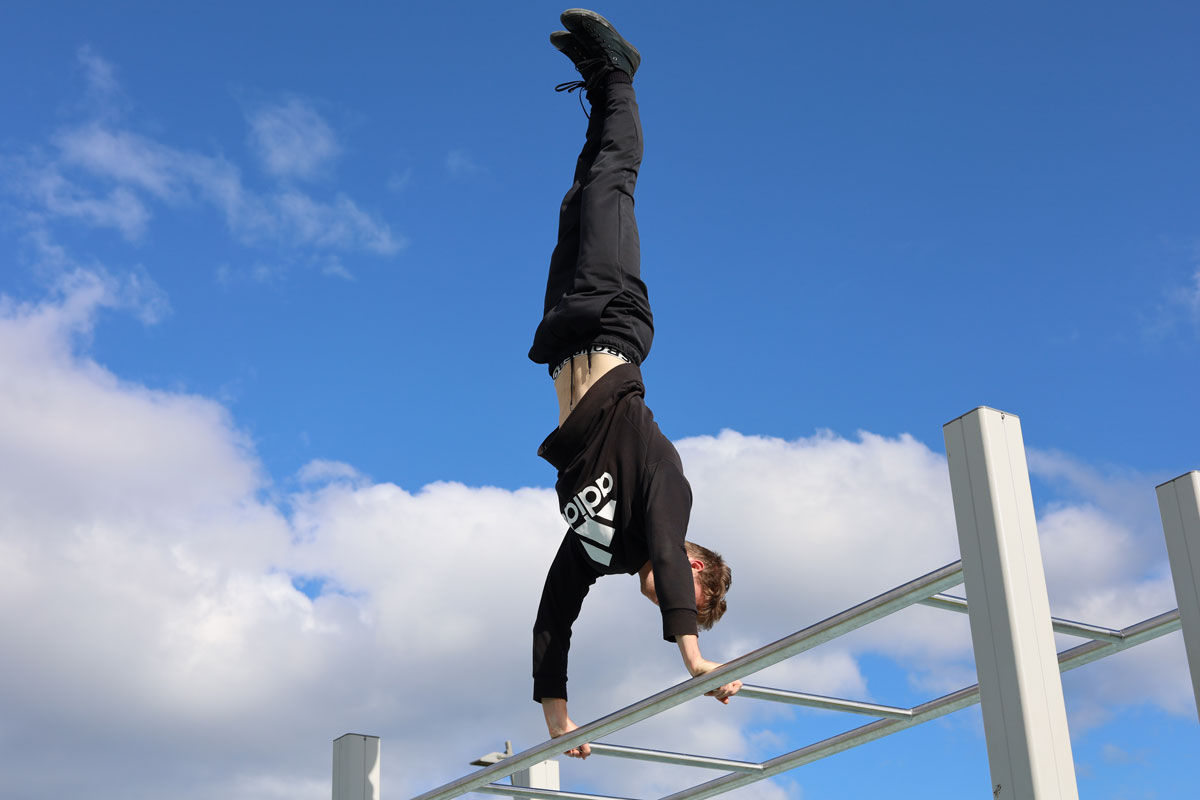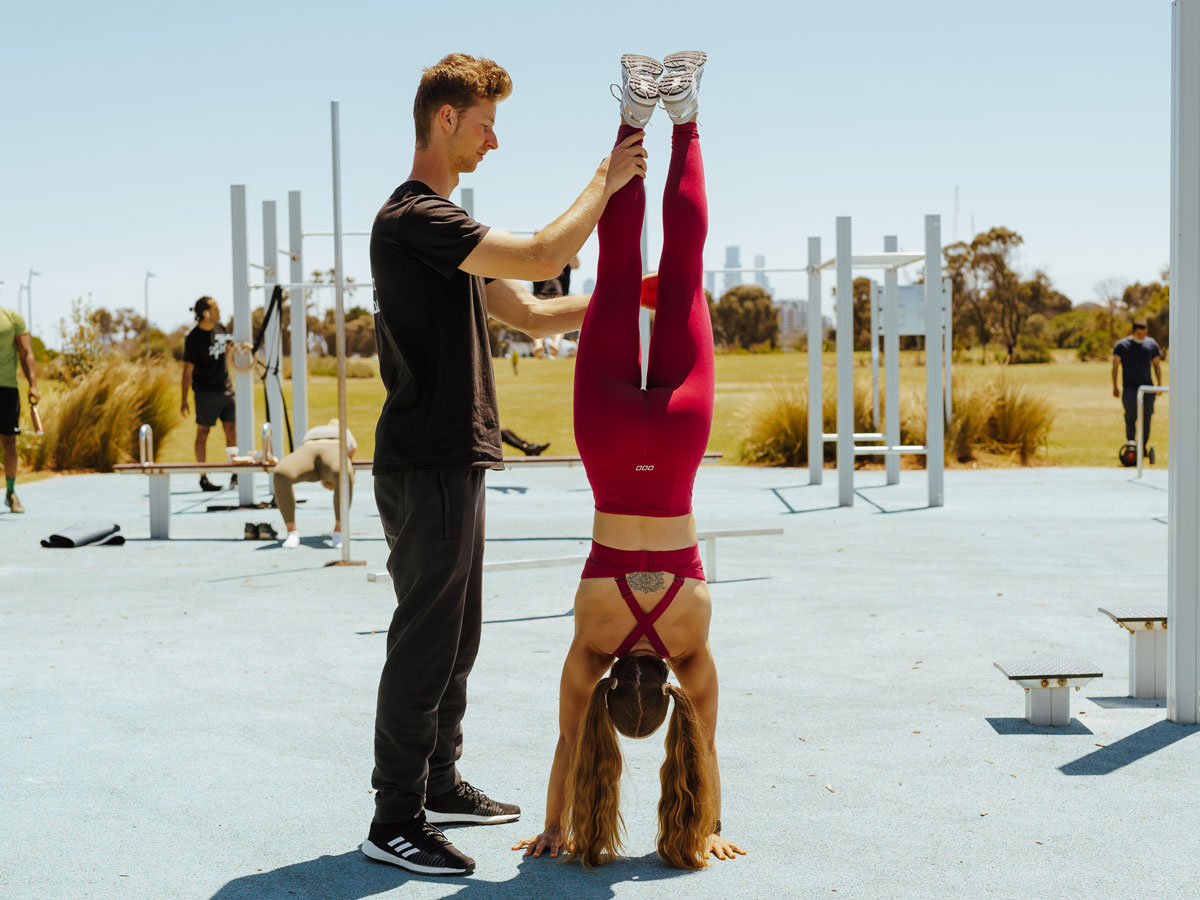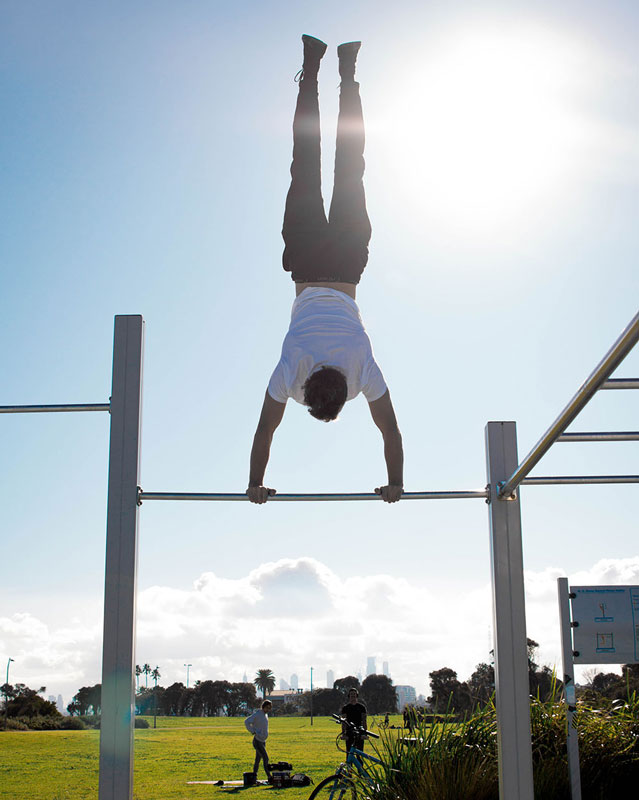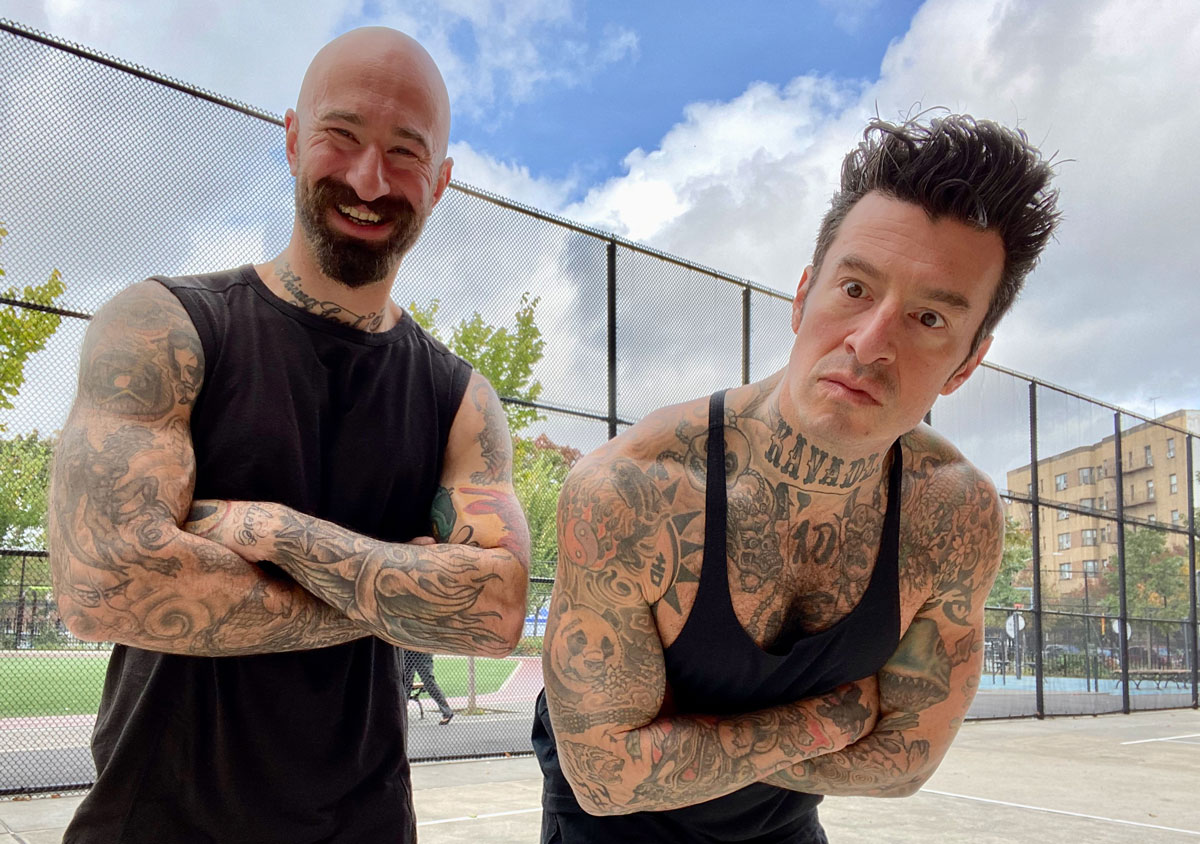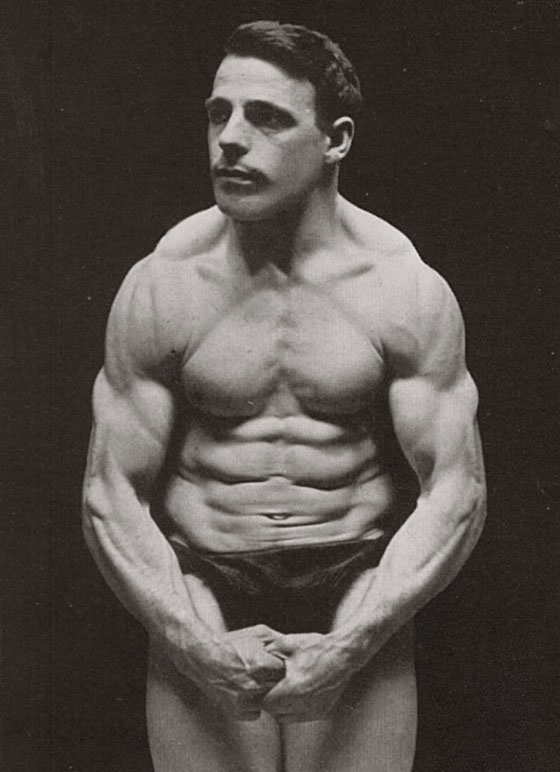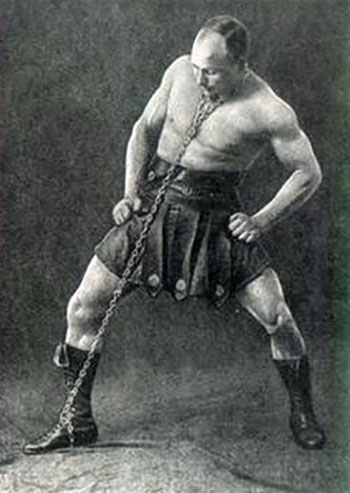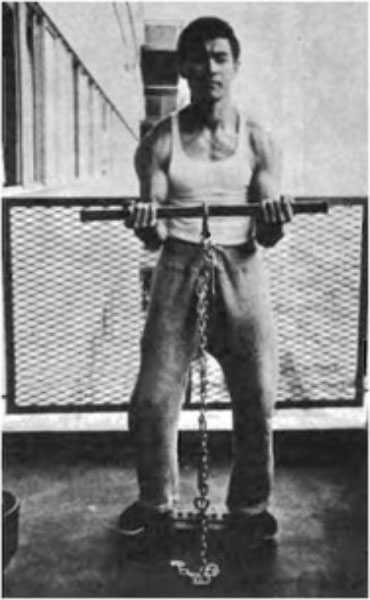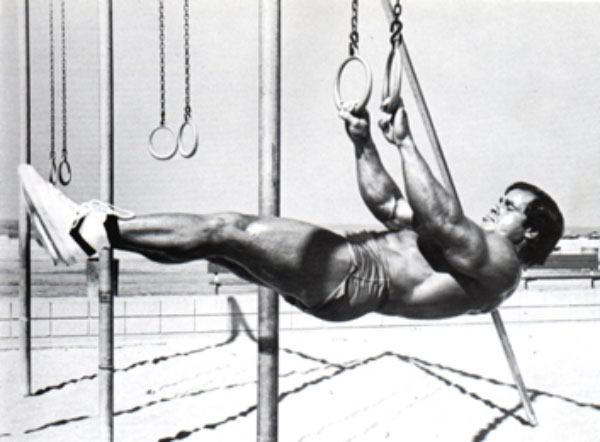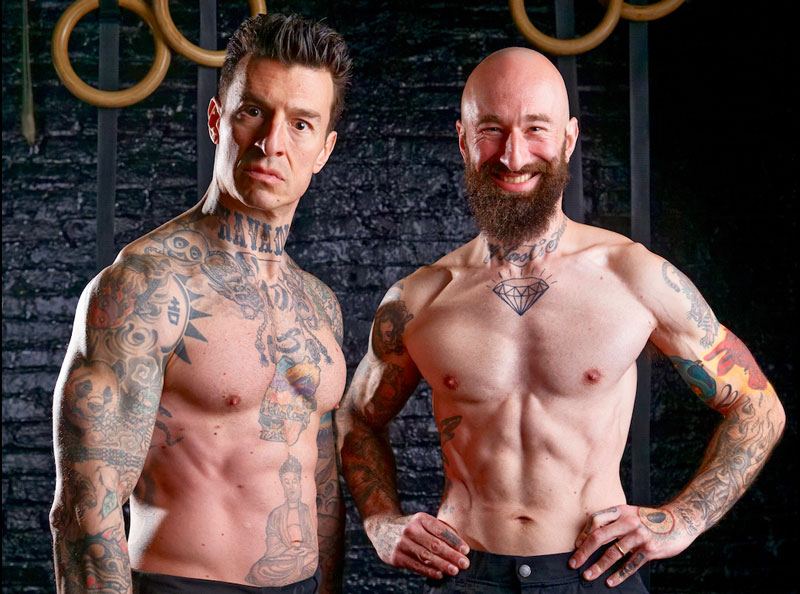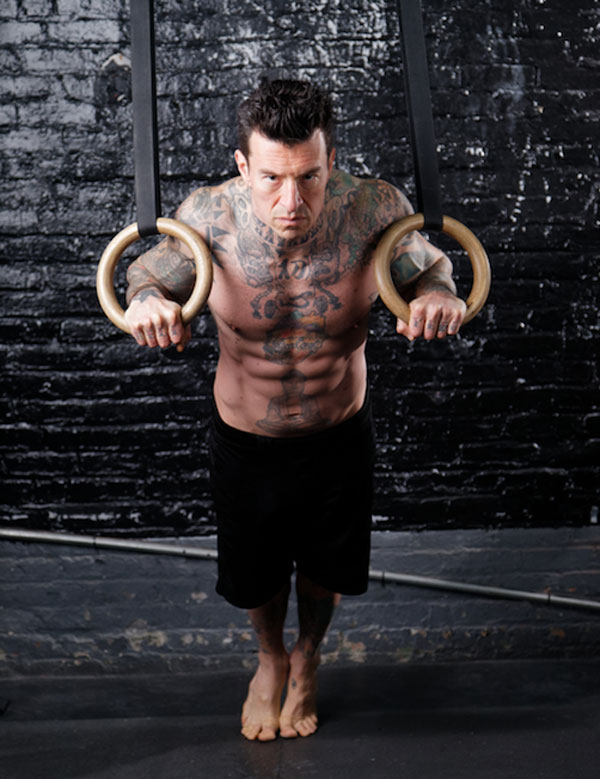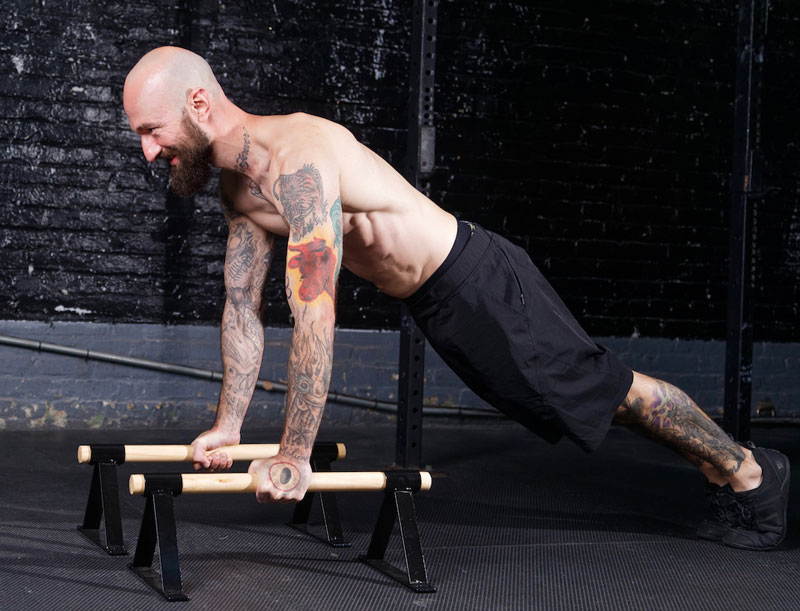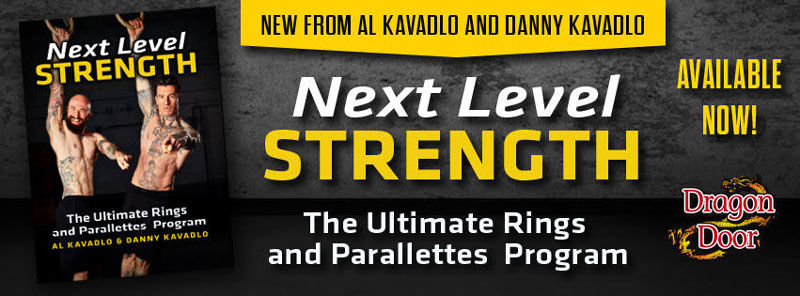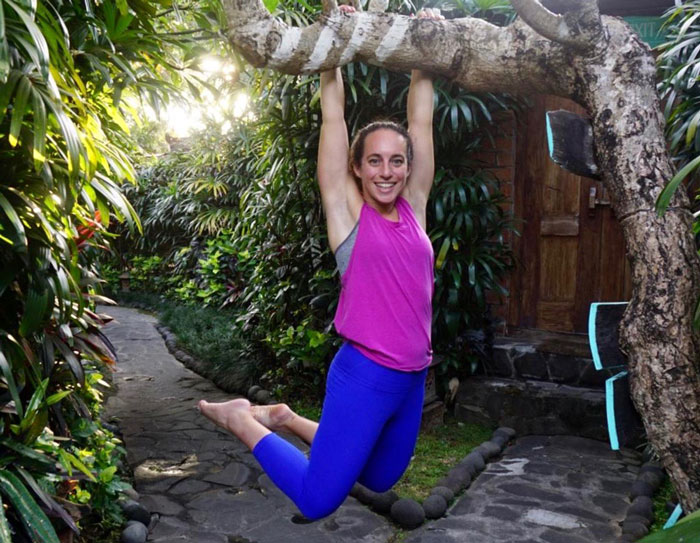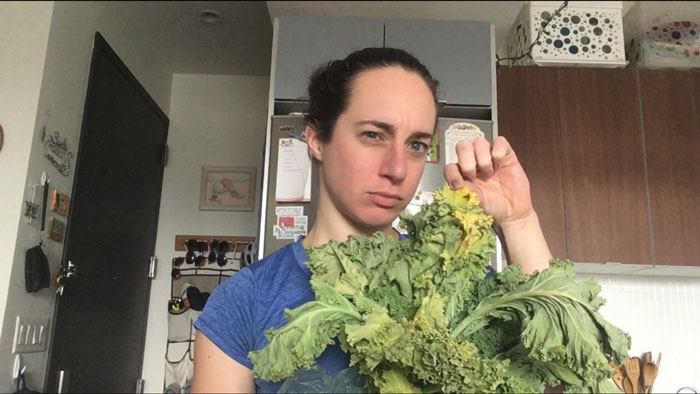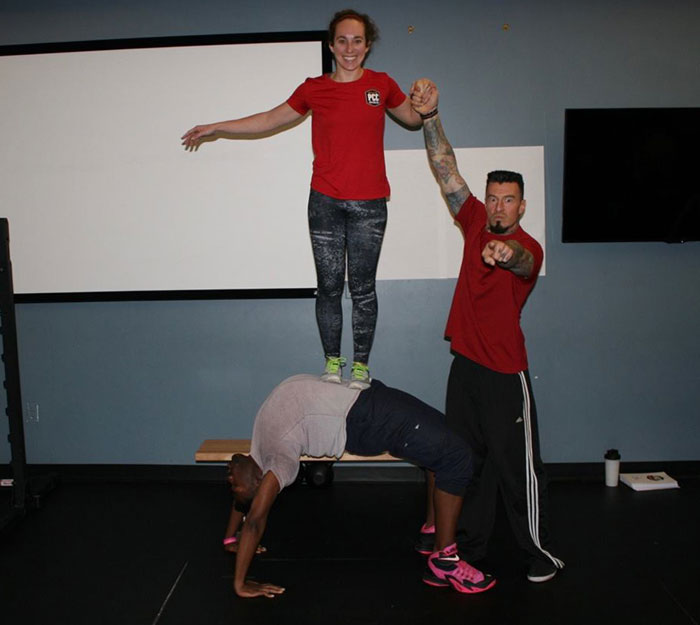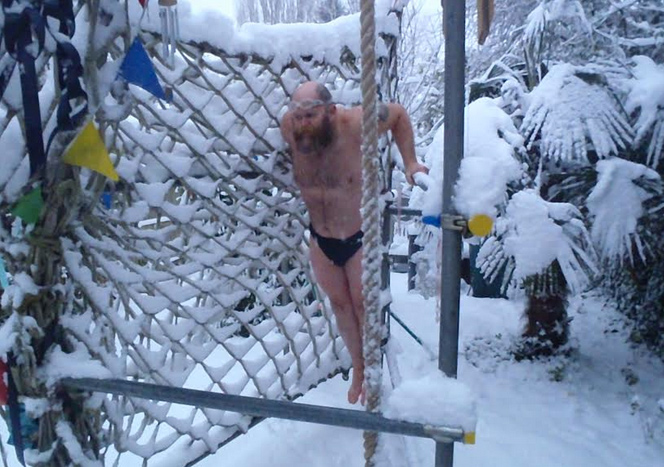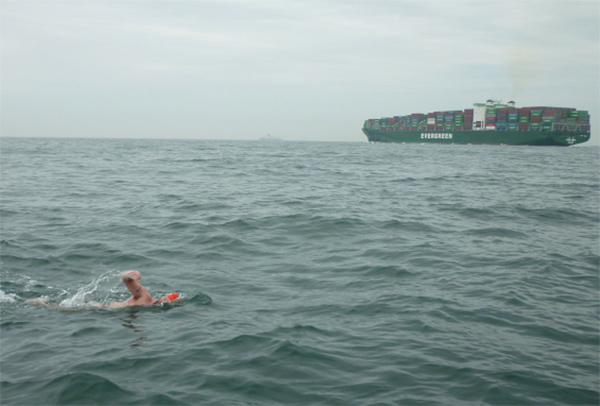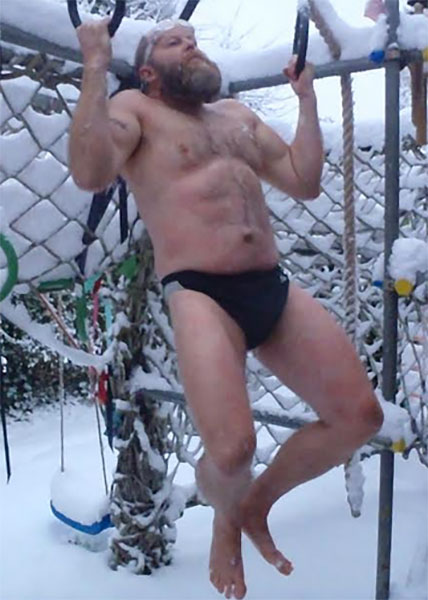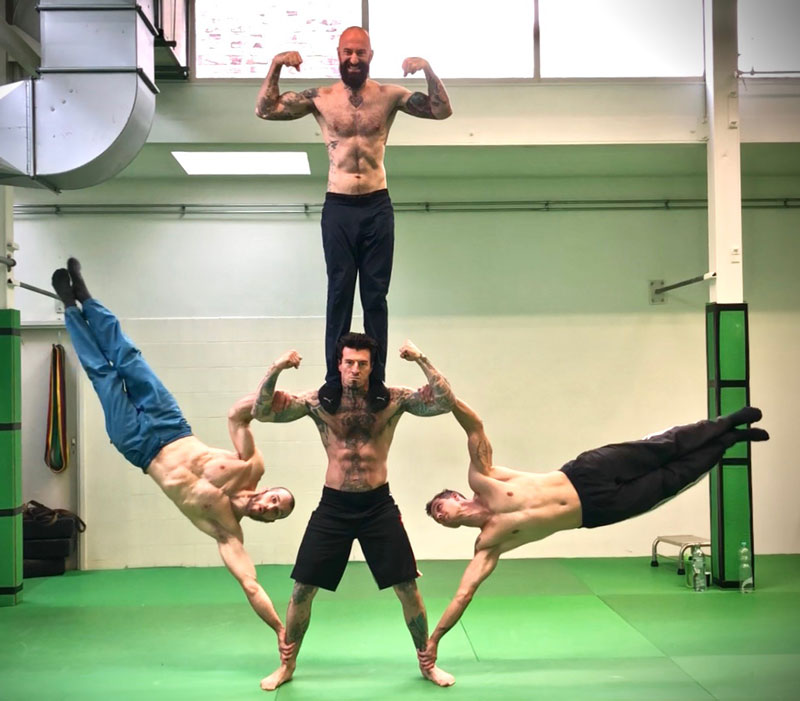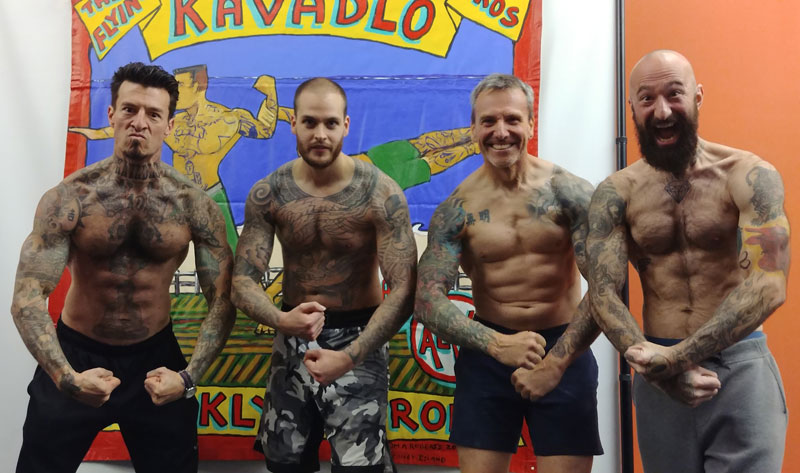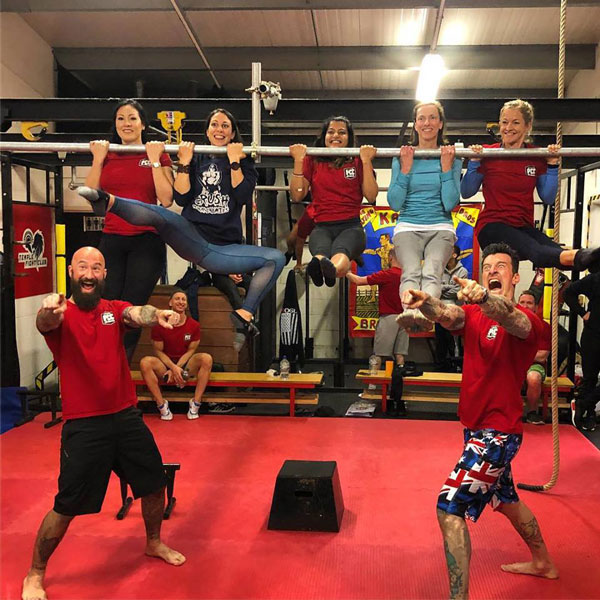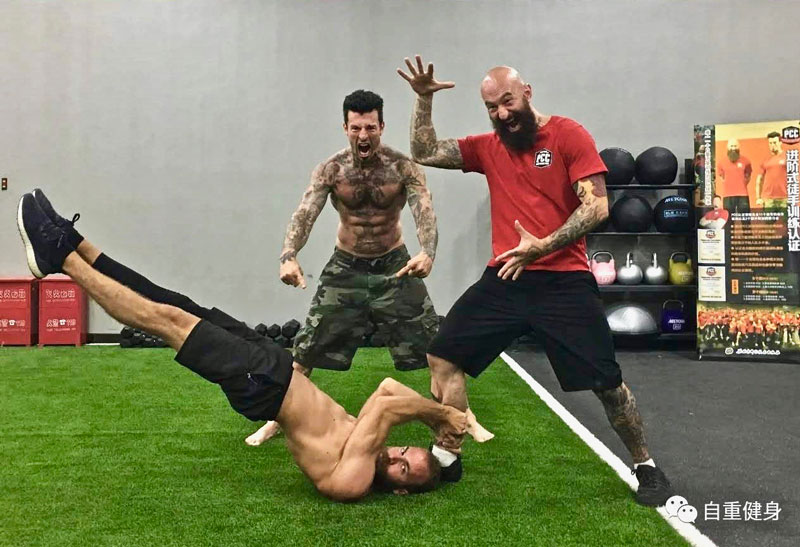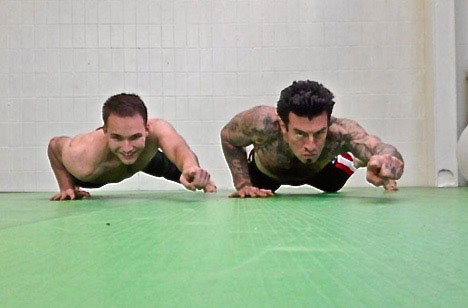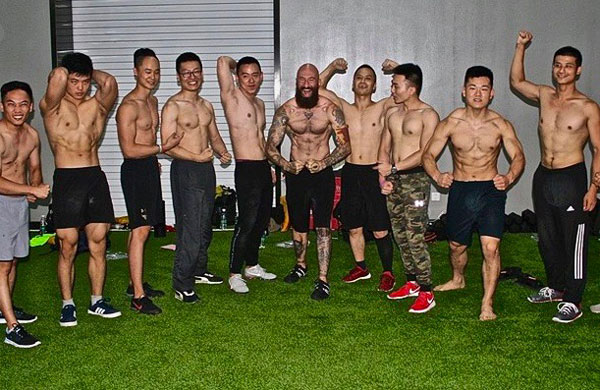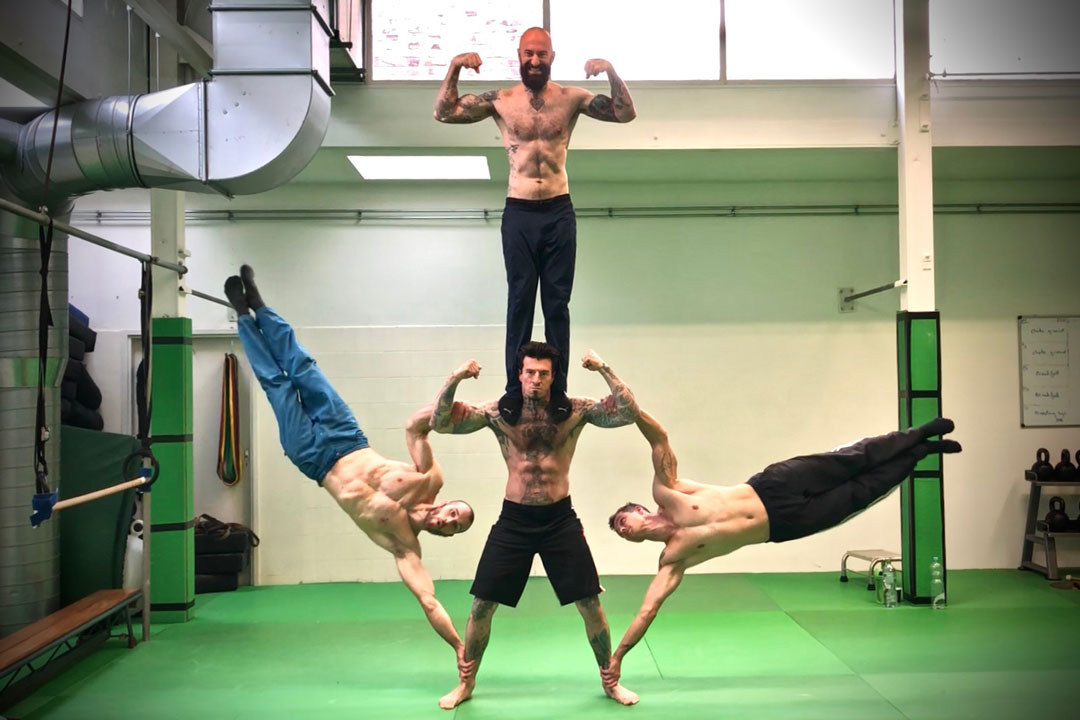
It’s been ten years since the inception of the Progressive Calisthenics Certification. In that time, hundreds of trainers from all over the world have been certified in bodyweight exercise. Countless PR’s have been set and lifelong friendships have been made.
On October 1-2, Momentum Fitness in New York City will be hosting the ONLY Progressive Calisthenics Certification on the calendar. That’s right: this is the only PCC currently scheduled, so if you ever wanted to attend, now is the time.
At every PCC, amazing things happen. There is no question that this event will supercharge your calisthenics training like nothing else. Here’s why:
1. The Most Complete Programming
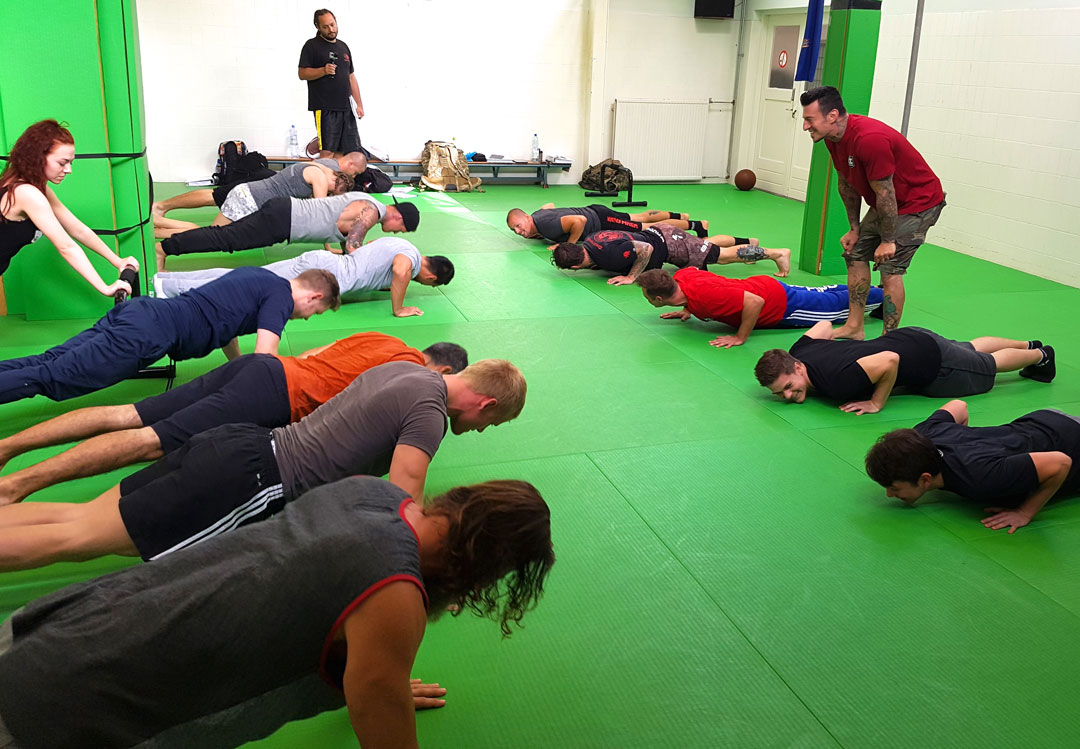
There are many calisthenics courses these days. PCC is the first and the best. In fact, PCC is the only certification with eleven modules, including push-ups, pull-ups, muscle-ups, human flag, inversions, floor holds and more. There has never been a more comprehensive two-day bodyweight course.
The PCC Instructor manual was written by none other than Paul “Coach” Wade, the best-selling author of the Convict Conditioning series, and contains over 500 pages of the most detailed calisthenics writings and illustrations ever compiled.
There are two additional seminars. The first seminar, Principles of Progression, details the universal truths behind all calisthenics (and strength training) advancement. The second seminar On Bodyweight Programming explains how to put all this new information together for quantifiable results.
The weekend concludes with the legendary Century test. Click here for more on that!
2. PCC Is for Everybody
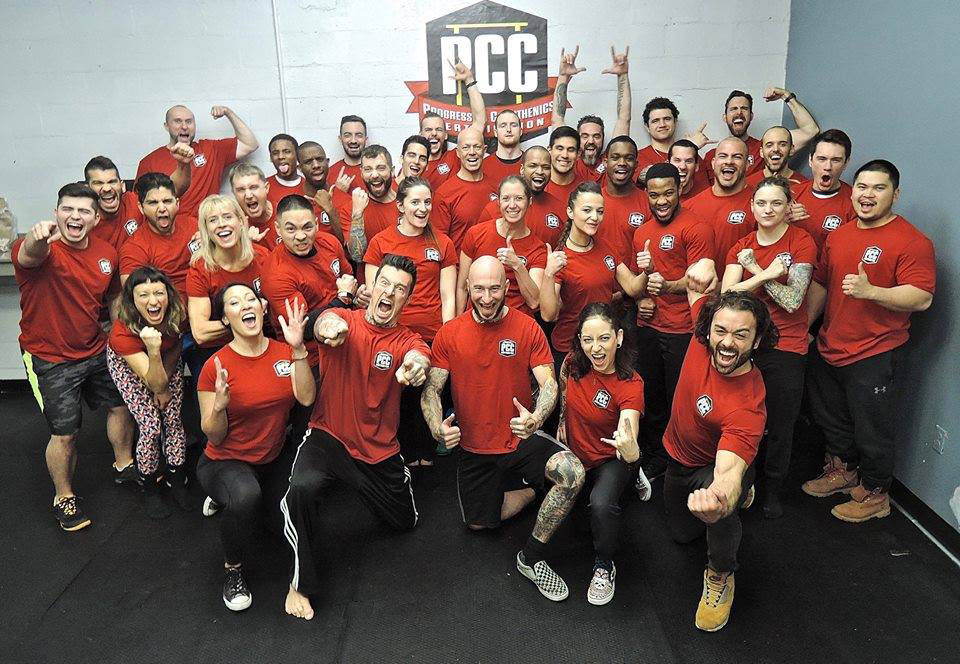
Everyone is welcome here. That includes folks of all fitness levels, training backgrounds and body types. Every single attendee is encouraged in a friendly, inclusive environment. From the curious beginner to the beastliest bar athlete, calisthenics doesn’t discriminate. Progressive calisthenics accommodates everyone.
PCC also provides you with a strong connection to a supportive, global community for future training, forums and opportunities. This includes both friendships and networking. I’ve remained close both professionally and personally with so many of my PCC family over the years.
3. The Inspirational Power of the Group
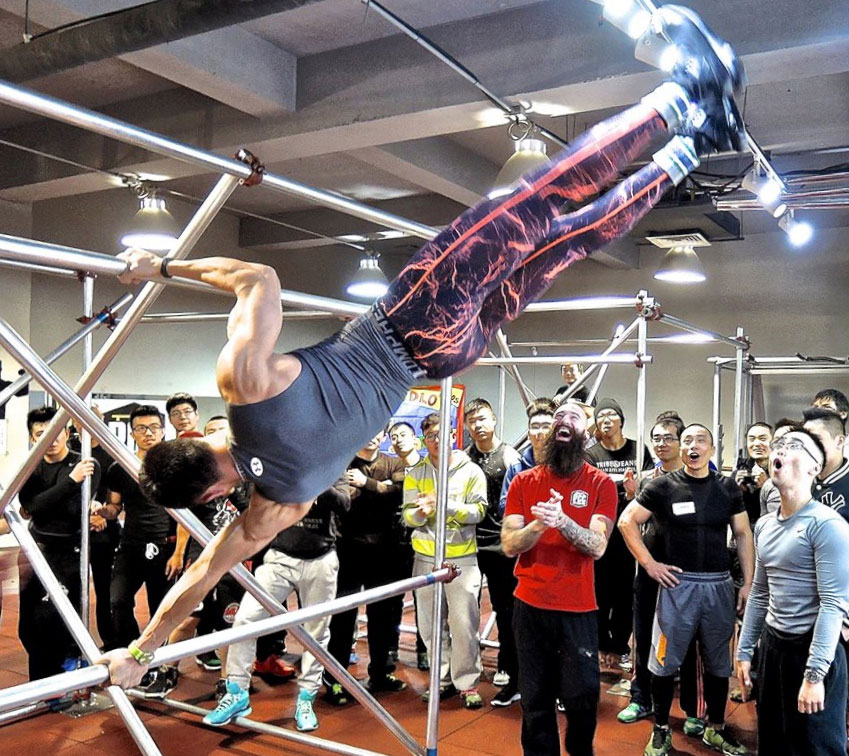
I’ve seen it again and again: PCC attendees pushing themselves beyond their previously perceived limitations.
There’s a reason why more people have achieved their first muscle-up, pistol squat or human flag at PCC than anywhere else in the world. It’s the overflowing energy that comes from putting a group of calisthenics freaks in a room together. Remember what that’s like?
I’m thrilled to say that this is the first workshop taught by both myself and my brother Al Kavadlo in twelve months! We’re ready to bring the thunder!
4. No Substitute for an In-person Experience
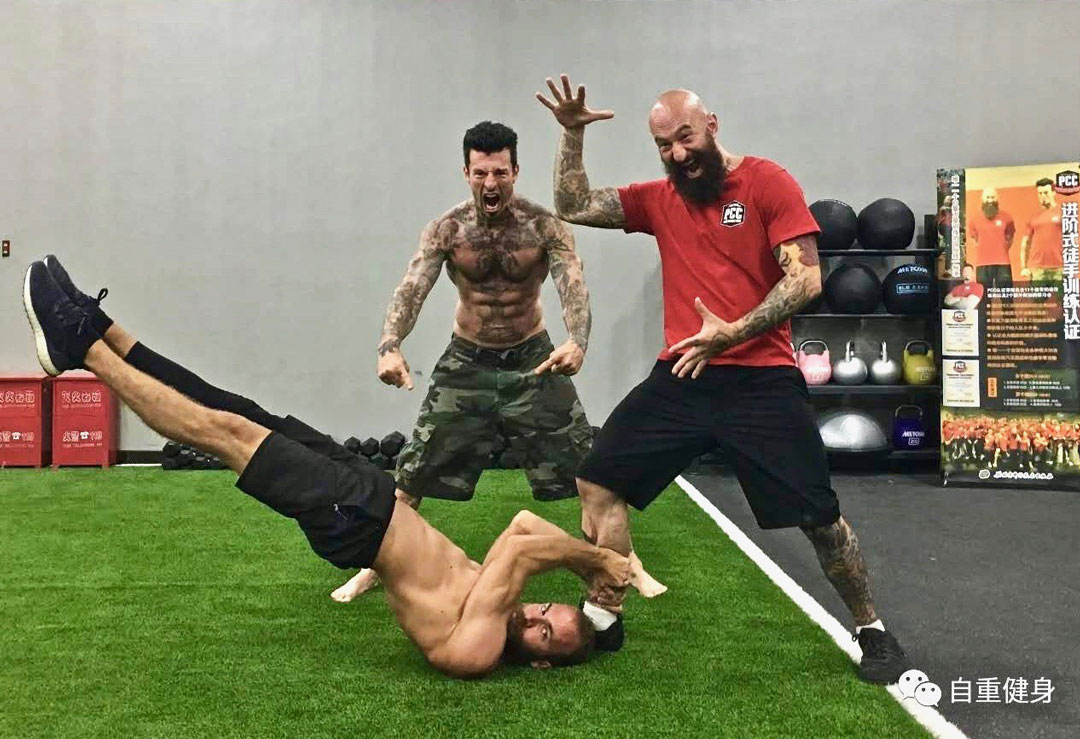
If recent times have taught us anything, it’s that humans need real interaction with other humans. Sure, scrolling through social media and looking at fitness-related “content” is an easy way to pass the time, but it really doesn’t help your physical (or mental or emotional) health.
The experience you acquire at PCC is a stark contrast against the screens and solitude induced numbness to which so many of us have become accustomed. In a world overrun with online courses, PCC stands out. At PCC, every attendee receives personalized training geared directly to them. Corrections are physically presented in real time by experienced instructors who work directly with you. Under the scrutiny of a Master Trainer, you will achieve things you never imagined possible.
5. Continuing Education
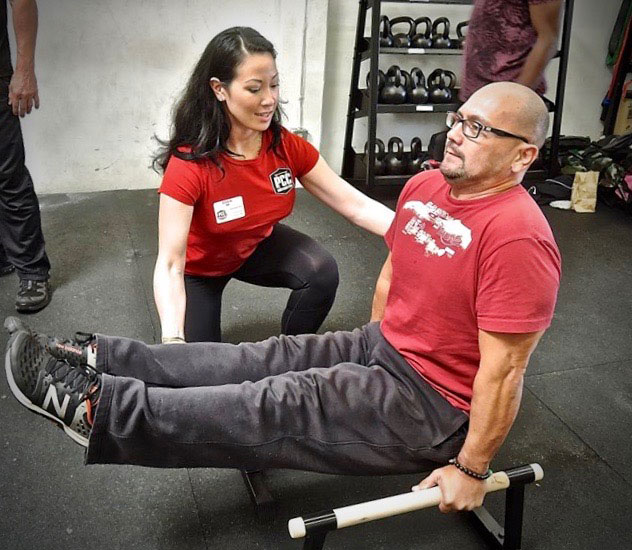
The enhanced professional credibility you get from becoming a PCC is priceless. Dragon Door is an established leader in the fitness industry and PCC is the gold standard for calisthenics certifications. This is part of what gym owners look for when hiring trainers, as well as what potential clients need when seeking professional guidance.
Furthermore, while PCC is for everyone, not just fitness professionals, it qualifies for continuing education credits toward your personal training credentials. In fact, PCC is the only bodyweight workshop approved for CEC’s from ACE and NASM, the two largest certifying bodies.
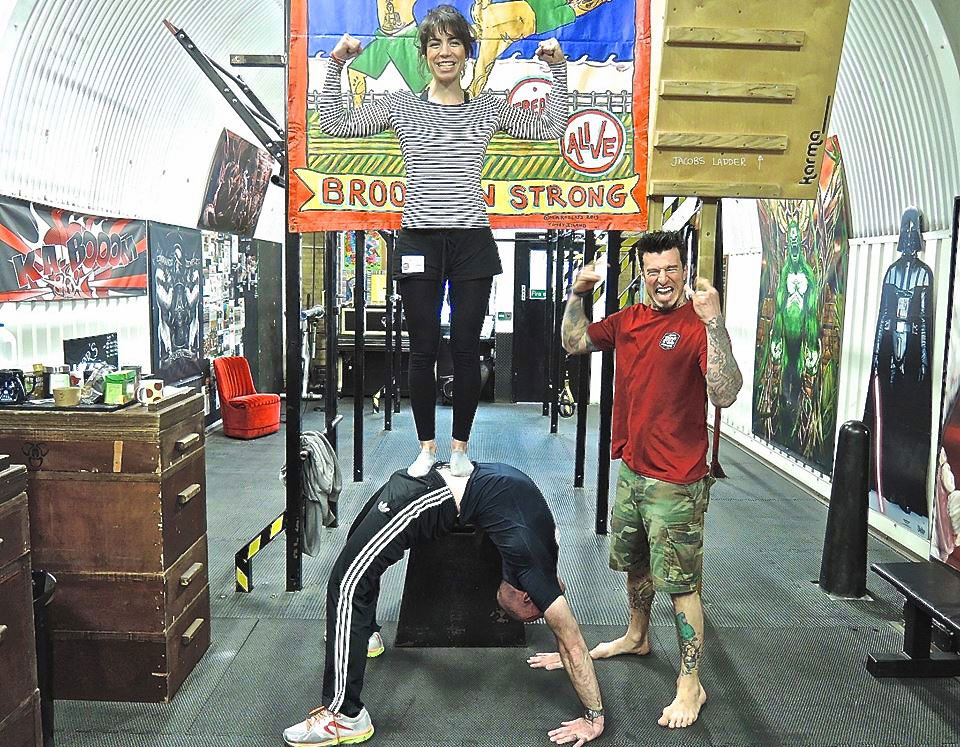
It’s just a few more weeks before the calisthenics lightning strikes again. I can taste the electricity… Will I see you in NYC?
LET’S GOOOOO!
-DK

